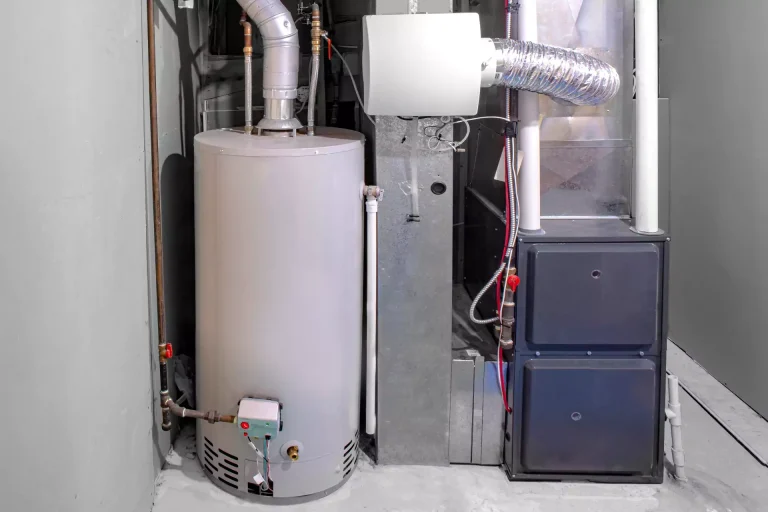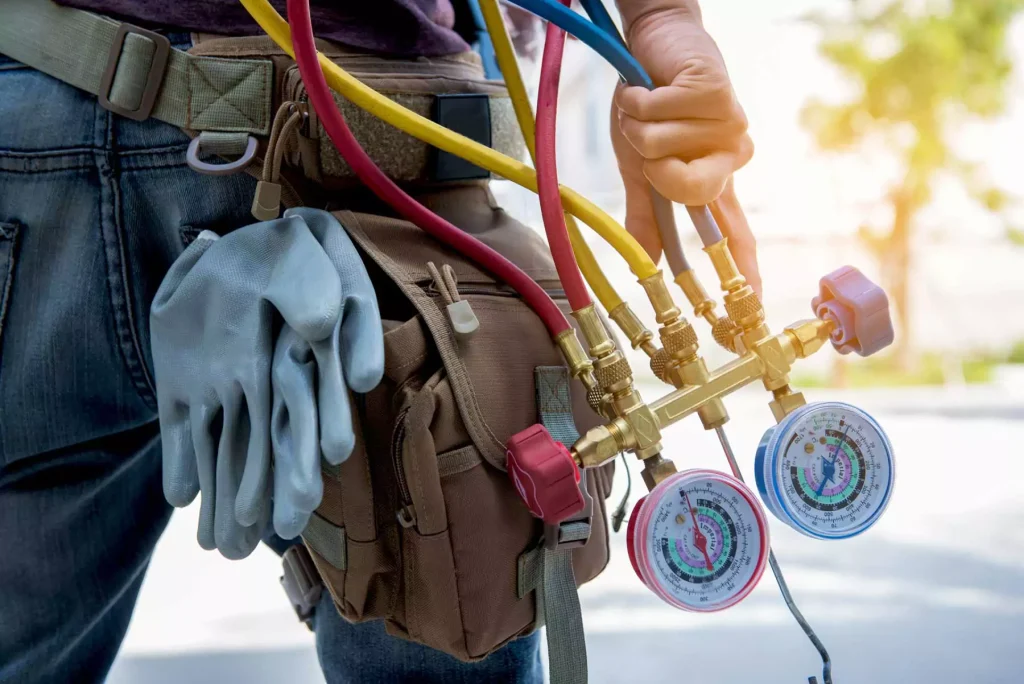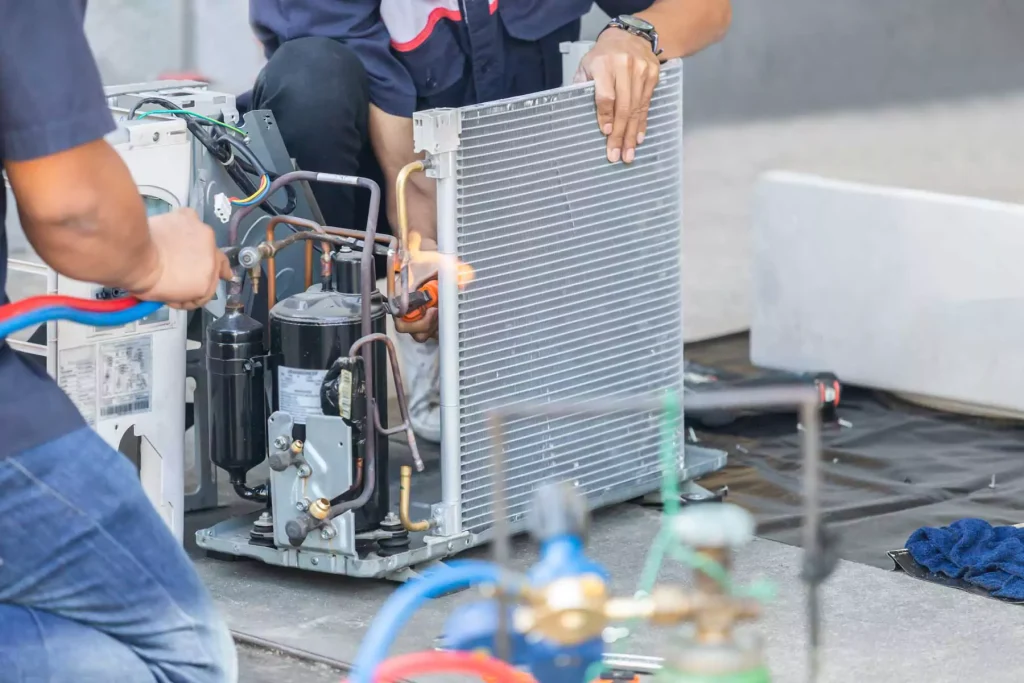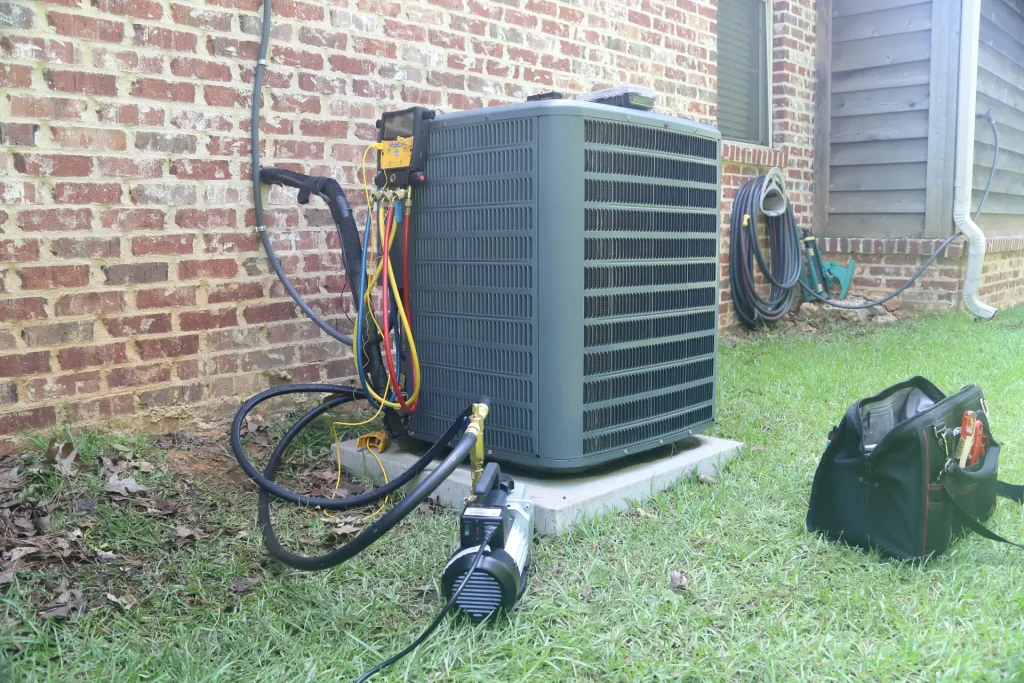Understanding Your Hot Water Heater Options
When considering hot water heater solutions for your home, understanding the fundamental differences between available systems becomes essential for making an informed decision. Tank-style water heaters remain the most common choice across Temple, Belton, Harker Heights, TX, and the surrounding areas, storing between 30 to 80 gallons of heated water ready for immediate use. These units maintain water temperature continuously through either natural gas burners or electric heating elements, providing reliable hot water access for multiple simultaneous uses throughout your household.
Tankless water heaters represent an increasingly popular alternative, heating water on demand as it flows through the unit. These compact systems eliminate standby energy losses associated with maintaining a large volume of heated water, potentially reducing energy consumption by 24 to 34 percent for homes using less than 41 gallons of hot water daily. Heat pump water heaters utilize ambient air temperature to transfer heat to the water, achieving efficiency ratings two to three times higher than conventional electric resistance models, though they require specific installation conditions including adequate surrounding space and temperature ranges between 40 and 90 degrees Fahrenheit for optimal operation.
Installation Requirements and Considerations
Proper hot water heater installation involves numerous technical specifications that directly impact system performance and longevity. Gas-powered units require adequate ventilation systems, with conventional atmospheric venting needing vertical flue pipes extending through the roof, while power-vented models use horizontal exhaust pipes and electric blowers to expel combustion gases. The gas supply line must deliver sufficient BTUs for the unit’s rated capacity, typically requiring three-quarter-inch piping for standard residential installations.
Electric water heaters demand dedicated electrical circuits with appropriate amperage ratings, usually 30-amp breakers for standard 4,500-watt elements in 240-volt systems. The installation location must support the unit’s filled weight, which can exceed 500 pounds for larger tank models, while maintaining required clearances for service access and code compliance. Temperature and pressure relief valves require discharge pipes routed to approved drainage locations, preventing potential scalding hazards and water damage from emergency releases.
Maintenance Practices for Extended Equipment Life
Regular maintenance significantly extends hot water heater lifespan while maintaining energy efficiency and preventing unexpected failures. Annual tank flushing removes sediment accumulation that reduces heating efficiency and accelerates tank corrosion, particularly important in areas with hard water containing high mineral content. This process involves connecting a garden hose to the drain valve, completely emptying the tank while flushing loosened sediment particles through repeated fill and drain cycles.
Anode rod inspection and replacement represents another critical maintenance component, as these sacrificial metal rods protect the tank interior from corrosion by attracting destructive elements in the water. Depending on water chemistry and usage patterns, anode rods typically require replacement every three to five years, with magnesium rods providing superior protection in soft water conditions while aluminum-zinc alloy rods perform better in hard water environments. At Kane Heating and Air Conditioning, we emphasize these preventive maintenance services because we understand that regular upkeep dramatically reduces the likelihood of premature equipment failure and unexpected cold showers.
Energy Efficiency and Cost Considerations
Modern hot water heaters incorporate advanced technologies that substantially reduce operating costs compared to older models. High-efficiency condensing gas water heaters achieve thermal efficiency ratings exceeding 90 percent by capturing heat from exhaust gases that conventional units waste. These systems utilize secondary heat exchangers to extract additional energy from combustion products, though they require specialized venting materials resistant to acidic condensate.
- Standard efficiency gas units typically operate at 60 to 80 percent efficiency with operating costs averaging $250 to $350 annually
- High-efficiency condensing models achieve 90 to 98 percent efficiency with annual operating costs between $150 to $250
- Electric heat pump water heaters deliver 200 to 300 percent efficiency through heat transfer technology, reducing electricity consumption by 60 percent compared to conventional electric resistance units
- Solar water heating systems can provide 50 to 80 percent of hot water needs depending on climate and system configuration
When evaluating replacement options, we offer high quality service at affordable prices and every client gets multiple options to find what benefits them most, ensuring you understand both immediate installation costs and long-term operational expenses. Our expertise as a residential heating and air conditioning service, installation and maintenance company naturally extends to water heating systems, as we recognize these components integrate closely with overall home comfort systems. Kane Heating and Air Conditioning is more than just an HVAC company – it’s a testament to dedication, community spirit, and a commitment to providing exceptional comfort solutions, which now includes comprehensive hot water heater services throughout Harker Heights, Nolanville, Killeen, Belton, Copperas Cove, and Temple, TX.



